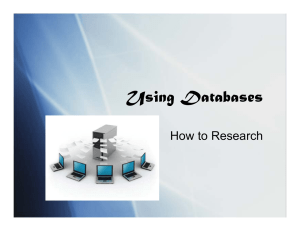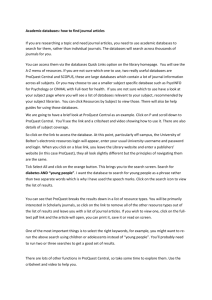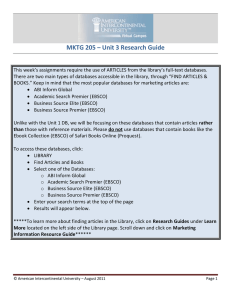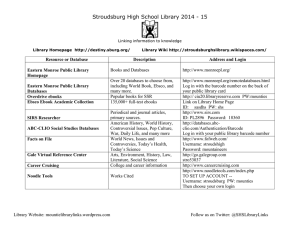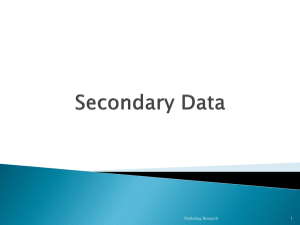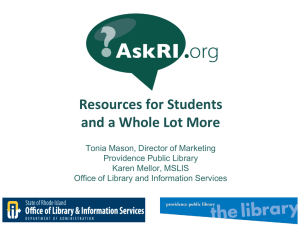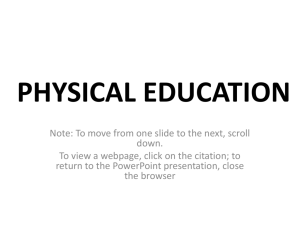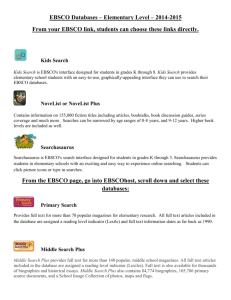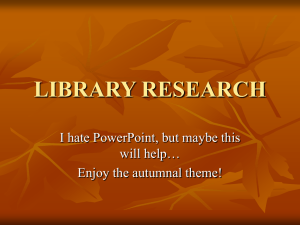Criteria for the Purpose of De-selecting Print Serials for Offsite
advertisement
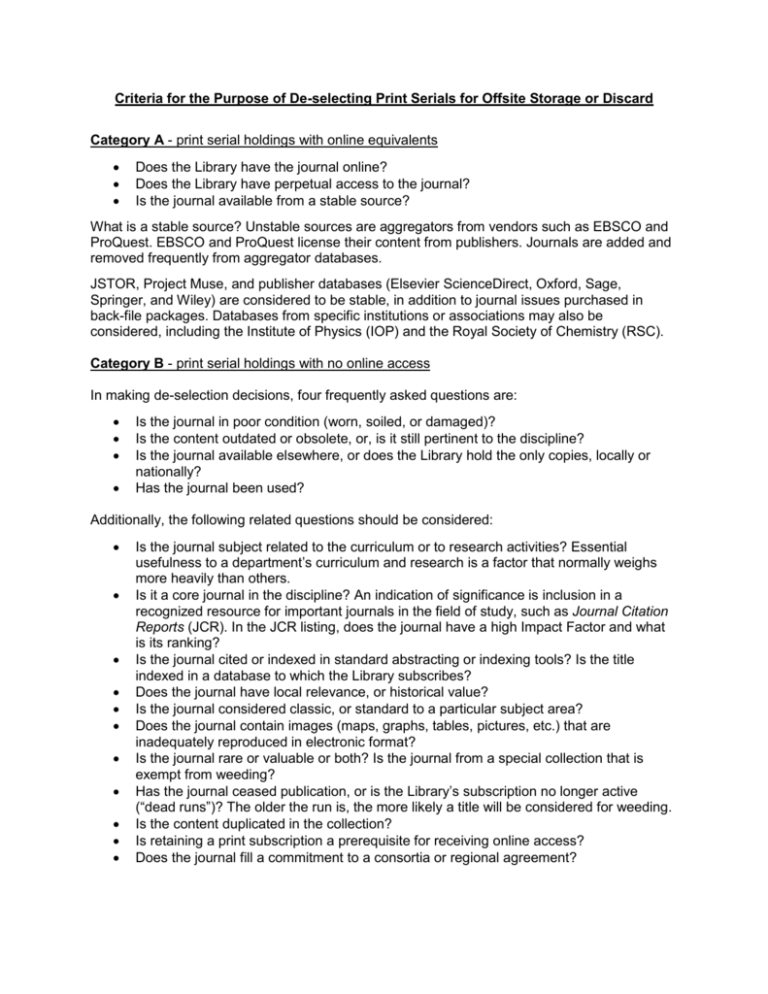
Criteria for the Purpose of De-selecting Print Serials for Offsite Storage or Discard Category A - print serial holdings with online equivalents Does the Library have the journal online? Does the Library have perpetual access to the journal? Is the journal available from a stable source? What is a stable source? Unstable sources are aggregators from vendors such as EBSCO and ProQuest. EBSCO and ProQuest license their content from publishers. Journals are added and removed frequently from aggregator databases. JSTOR, Project Muse, and publisher databases (Elsevier ScienceDirect, Oxford, Sage, Springer, and Wiley) are considered to be stable, in addition to journal issues purchased in back-file packages. Databases from specific institutions or associations may also be considered, including the Institute of Physics (IOP) and the Royal Society of Chemistry (RSC). Category B - print serial holdings with no online access In making de-selection decisions, four frequently asked questions are: Is the journal in poor condition (worn, soiled, or damaged)? Is the content outdated or obsolete, or, is it still pertinent to the discipline? Is the journal available elsewhere, or does the Library hold the only copies, locally or nationally? Has the journal been used? Additionally, the following related questions should be considered: Is the journal subject related to the curriculum or to research activities? Essential usefulness to a department’s curriculum and research is a factor that normally weighs more heavily than others. Is it a core journal in the discipline? An indication of significance is inclusion in a recognized resource for important journals in the field of study, such as Journal Citation Reports (JCR). In the JCR listing, does the journal have a high Impact Factor and what is its ranking? Is the journal cited or indexed in standard abstracting or indexing tools? Is the title indexed in a database to which the Library subscribes? Does the journal have local relevance, or historical value? Is the journal considered classic, or standard to a particular subject area? Does the journal contain images (maps, graphs, tables, pictures, etc.) that are inadequately reproduced in electronic format? Is the journal rare or valuable or both? Is the journal from a special collection that is exempt from weeding? Has the journal ceased publication, or is the Library’s subscription no longer active (“dead runs”)? The older the run is, the more likely a title will be considered for weeding. Is the content duplicated in the collection? Is retaining a print subscription a prerequisite for receiving online access? Does the journal fill a commitment to a consortia or regional agreement?

